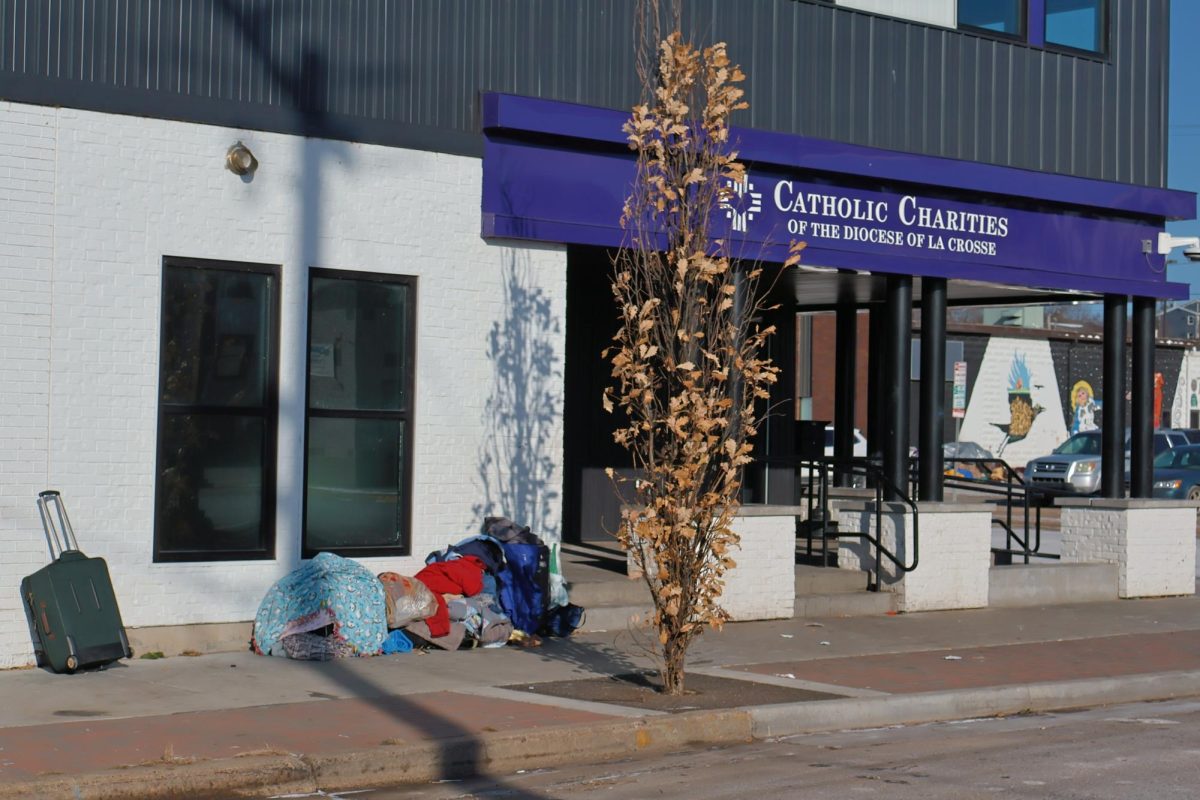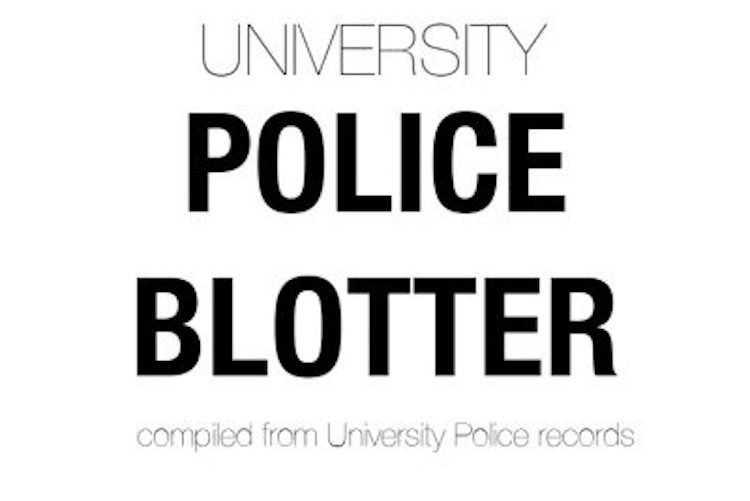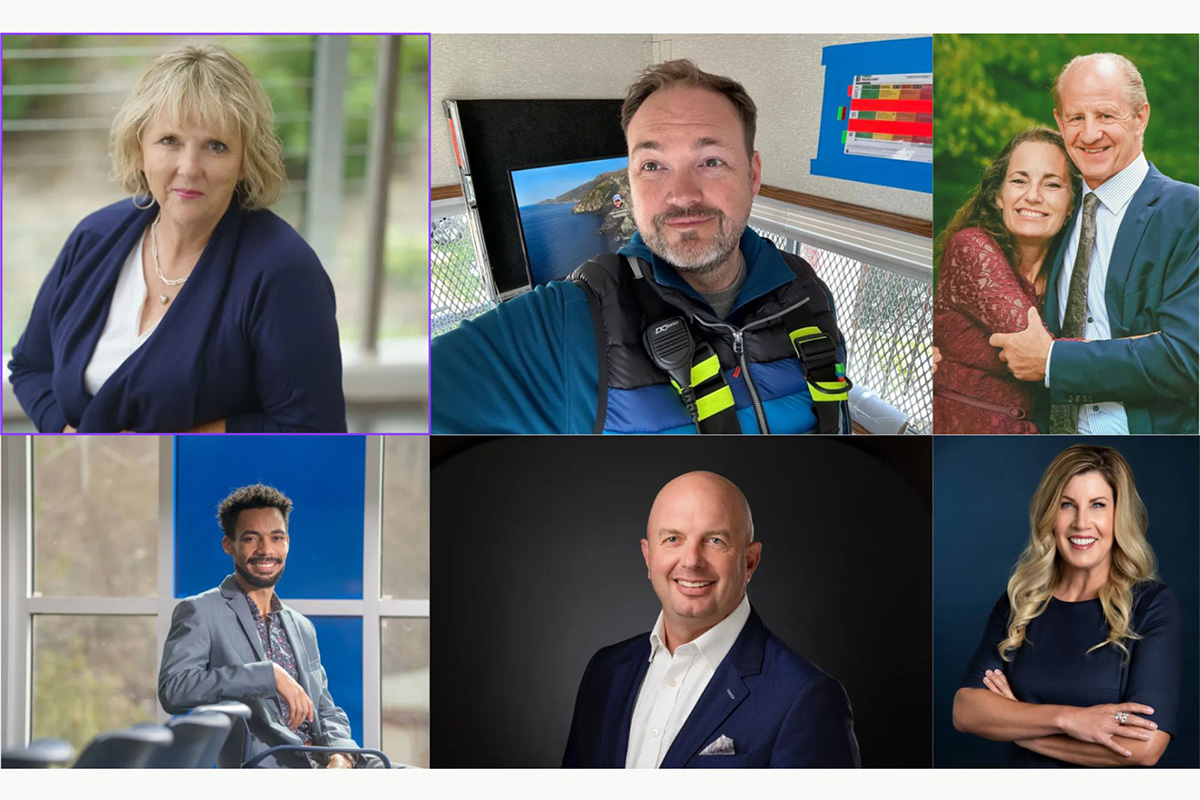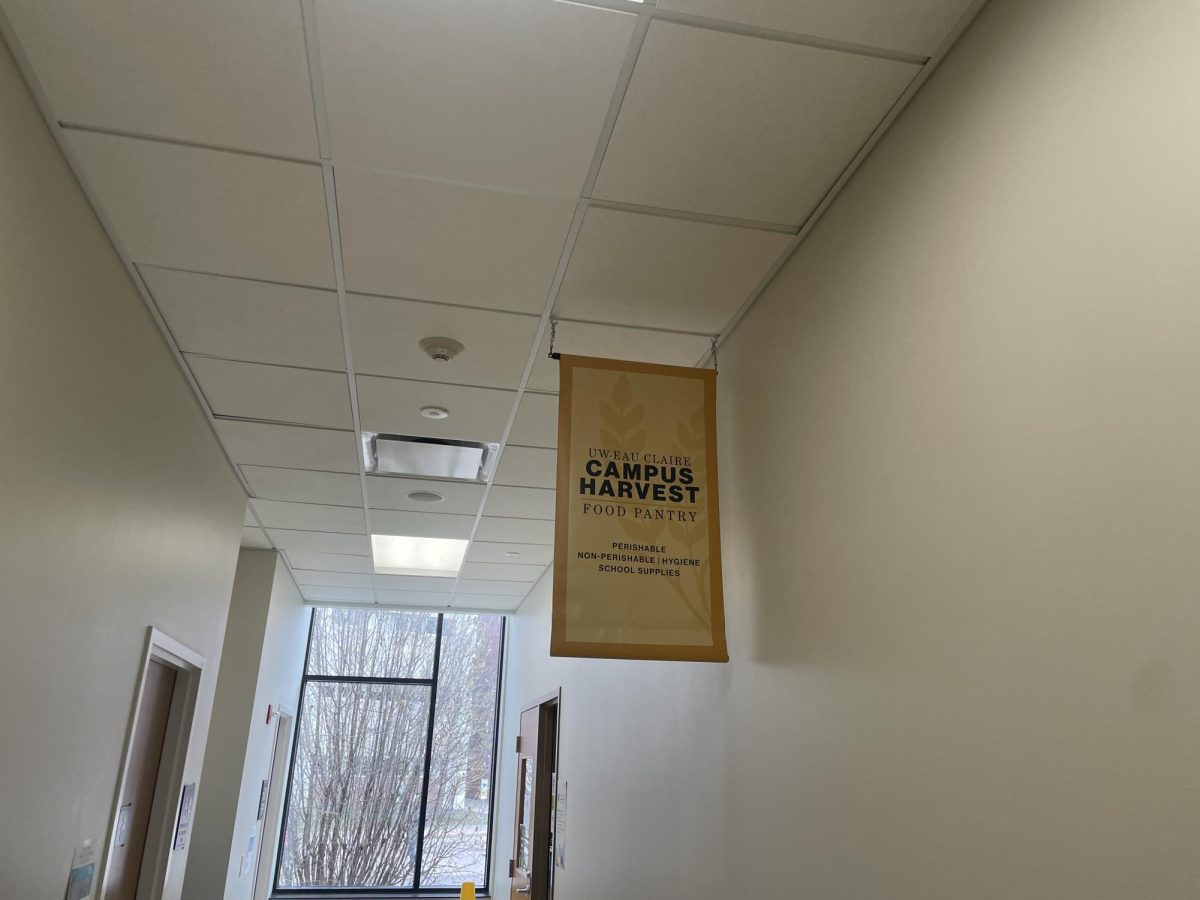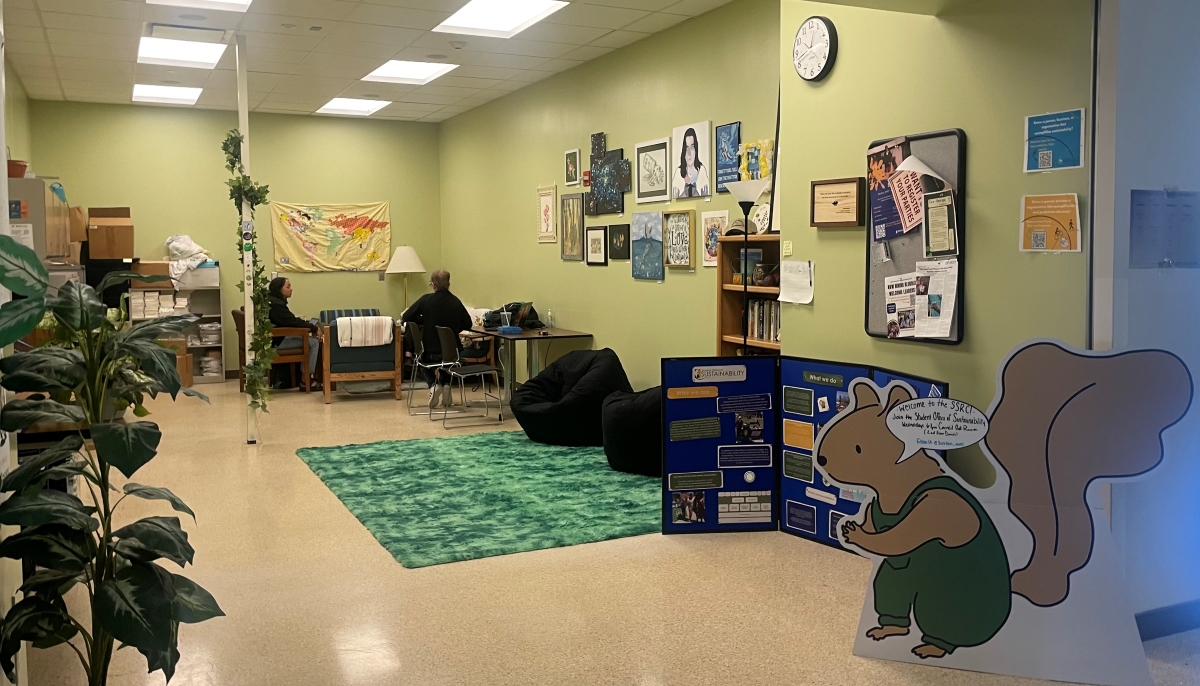In order to make the organization’s goals of equity, diversity and inclusivity more explicit, the Women’s and Gender Equity Center (known as WAGE) changed its name to Women’s and LGBTQ Resource Center.
Christopher Jorgenson, the LGBTQ program coordinator, said that one of the main reasons they decided to change the name was because many people don’t know what ‘gender equity’ means.
“If you are a student looking at our website or if you’re someone who hears ‘Women’s and LGBTQ Resource Center,’ you have a pretty good idea of what we do,” Jorgenson said. “It’s much easier and it’s putting (us) out there visibly. That’s my big push — to make sure that the LGBTQ community and allies … have visible resources to go to, so they don’t have to dig so deep.”
The center provides many services and events, such as article discussions, classroom presentations, the National Coming Out Day, National Day of Silence, Women’s History Month, and Sexual Assault Awareness Month.
They also offer the Infant Care Room, which is a private space for anyone in need of an area for breast feeding, pumping, or infant care.
Roxie Schmidt, liberal studies major in social advocacy and a participant in many events sponsored by the center, said that it was about time for the center to change its name.
“I believe the name change was a great decision because it gives space for both women’s issues and LGBT issues to grow on our campus,” she said. “Though they have many intersectionalities, they are not one and the same and should not be treated as such.”
Jorgenson agrees with Schmidt and said that the university has a unique opportunity to unfailingly and unabashedly put its support towards the LGBTQ community, and that there is a lot of that support already, he said.
“One of the reasons (we changed the name) is because although you can recognize that the foundation of discrimination can be somewhat similar between women, or between people of color, or other recognized minorities, you can’t just lump them together and say ‘well, let’s just discuss all of them at once.’ Because it doesn’t validate the specific issues that these people face — they are unique.”
Abby Vercauteren, the women’s issues program coordinator, said that between classroom presentations, events and programming, the center reaches thousands of students each academic year.
“For the past two years, the attendance of various events has steadily increased. Our center’s monthly article discussions often garner sixty or more students, while larger events have attracted hundreds of students,” she said. “This past year alone, three hundred students attended the National Day of Silence concert.”
Catherine Emmanuelle, a non-traditional student and part of the Commission on the Status of Women, said that UW-Eau Claire hasn’t bridged every gender-related gap yet. But she feels that the students, staff and faculty have worked out-right to better address the inequality initiatives on campus, including allocating money to hire new staff in the center.
“Abby and Chris do a superb job with meaningful outreach programs with students that not only raises issues and our consciousness, but it can create a path for all genders to explore their identity which will help unlock the rest of their lives.”
When asked if the university was going in the right direction, Jorgenson said that the university has certainly made strides, but he thinks it takes a significant amount of work, consistent work, to ensure that diversity, equity and inclusivity are embedded in the culture of the university.
“I think there is a tendency that if a success has been enjoyed — and this is a general statement, no just this university — it overshadows the work that still needs to be done,” he said. “You can’t deny that there is still a large segment of the population that still feels unsafe to be who they are on this campus.”
Jacqueline Bonneville, assistant dean of students and supervisor of the Women’s and LGBTQ Resource Center, said that discrimination is real and still exists, and “if we become complacent as a campus, we can lose ground on all that has been done before us.”
But Jorgenson said that just because you’re gay or lesbian, it doesn’t mean that you feel part of a community. It’s an ongoing process, which the university has fully supported.
“Communities don’t just happen — it could be that you are just part of a group,” he said, “but creating that sense of community in this campus where people feel safe to come out, and know where they can go if they do, that takes time — and that’s what we are doing.”

